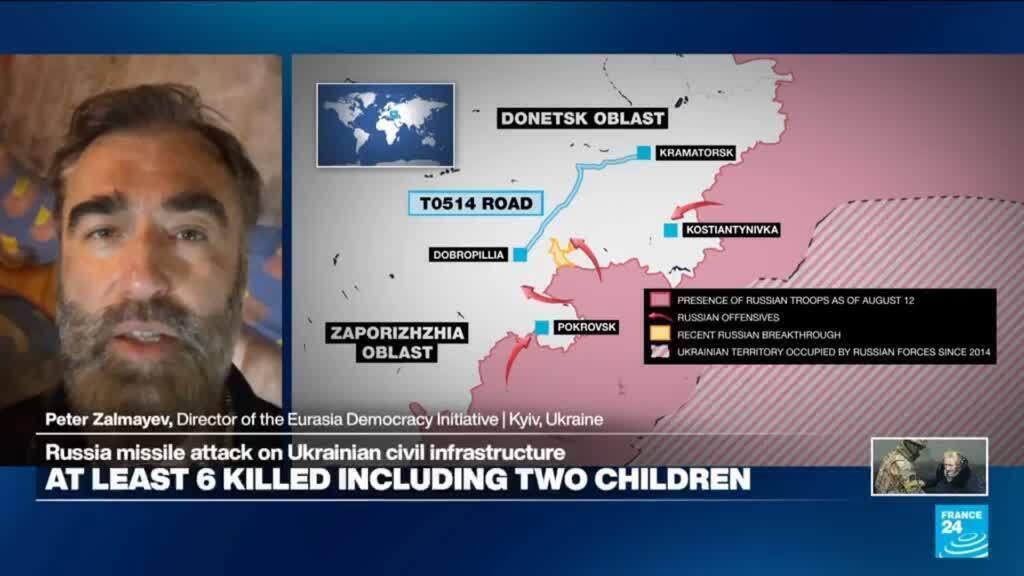Increased Support for Ukraine Amid Ongoing Conflict
Ukraine continues to receive significant military support from the United States, prominently featuring additional US-made Patriot air defense systems. These advanced systems are crucial for Ukraine as the nation faces daily barrages from Russian forces targeting urban areas located behind the front lines. The primary objective of these attacks is to disrupt civilian life, particularly as the harsh winter months approach, raising concerns about heat and running water shortages for the population.
In a concerted effort to undermine Ukraine's defenses, Russian forces have targeted not just residential areas but also the energy infrastructure. This systematic approach aims to deprive civilians of essential amenities, exacerbating the humanitarian crisis. Additionally, these attacks have broader implications, as they disrupt Ukraine’s industrial production capabilities, specifically in the development of newly designed drones and missiles intended for use against the aggressors.
To provide further insights into the ongoing conflict and the strategic implications of the recent developments, journalist Gavin Lee engages in a dialogue with Emmanuelle Chaze, a seasoned journalist, and Peter Zalmayev, Director of the Eurasia Democracy Initiative. Their expertise sheds light on how tactical military advancements and strategic impairments play a crucial role in shaping the battlefield dynamics in Ukraine.
The introduction of more Patriot systems signifies a heightened commitment from the United States to support Ukraine militarily. The capabilities offered by these air defense systems are vital for countering not only aerial threats but also for offering some level of security to urban populations sought by Russian military operations. As the conflict persists, the need for advanced weaponry becomes increasingly pronounced, reflecting the escalating nature of hostilities in the region.
Moreover, the attention on energy infrastructures underscores a tactical shift in Russian military operations, aiming to weaken Ukrainian resolve by targeting civilian standards of living. By specifically targeting energy supply lines, Russian forces seek to complicate Ukraine’s operational capacities and diminish overall morale among civilian populations. This strategy presents a multifaceted threat to Ukraine, challenging not just military but also civil resilience.
Emmanuelle Chaze and Peter Zalmayev provide essential analysis on the implications of these developments for Ukraine's defense strategies. Their conversation delves into how the provision of Western military systems can influence the ongoing conflict and potentially alter the trajectory of future engagements. This assistance highlights the geopolitical considerations at play, where Ukraine’s sovereignty is intertwined with larger international dynamics involving significant world powers.
The dialogue reflects on how the ongoing situation demands not only immediate military response but also long-term strategies to fortify national defenses and civilian infrastructure against persistent threats. As Ukraine navigates this complex landscape, the support from international allies, like the United States, remains critical in sustaining its defense and resilience in the face of aggression.
In summary, the situation in Ukraine continues to be marked by both defensive bolstering through advanced military technology and the aggressive tactics employed by Russia to destabilize the country from within. The insights shared by experts Chaze and Zalmayev illuminate the intricate interplay between military support, civilian resilience, and strategic planning amid a complicated war landscape.












